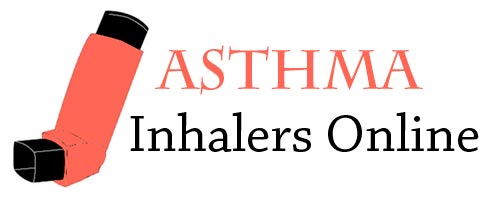The Effects of Oral Doses of Theophylline and Fenoterol on Exercise-Induced Asthma
As bronchodilators, theophylline and ^-adrenergic agonists appear to have partially additive effects. Pulmonary function improves to a greater extent when the two drugs are given together than when the same doses are given separately. In vivo effects are not synergistic, as might be predicted from in vitro studies demonstrating that both agents act to increase intracellular cyclic AMP, and that their effects on both cyclic AMP and cellular function are synergistic. In addition to their











